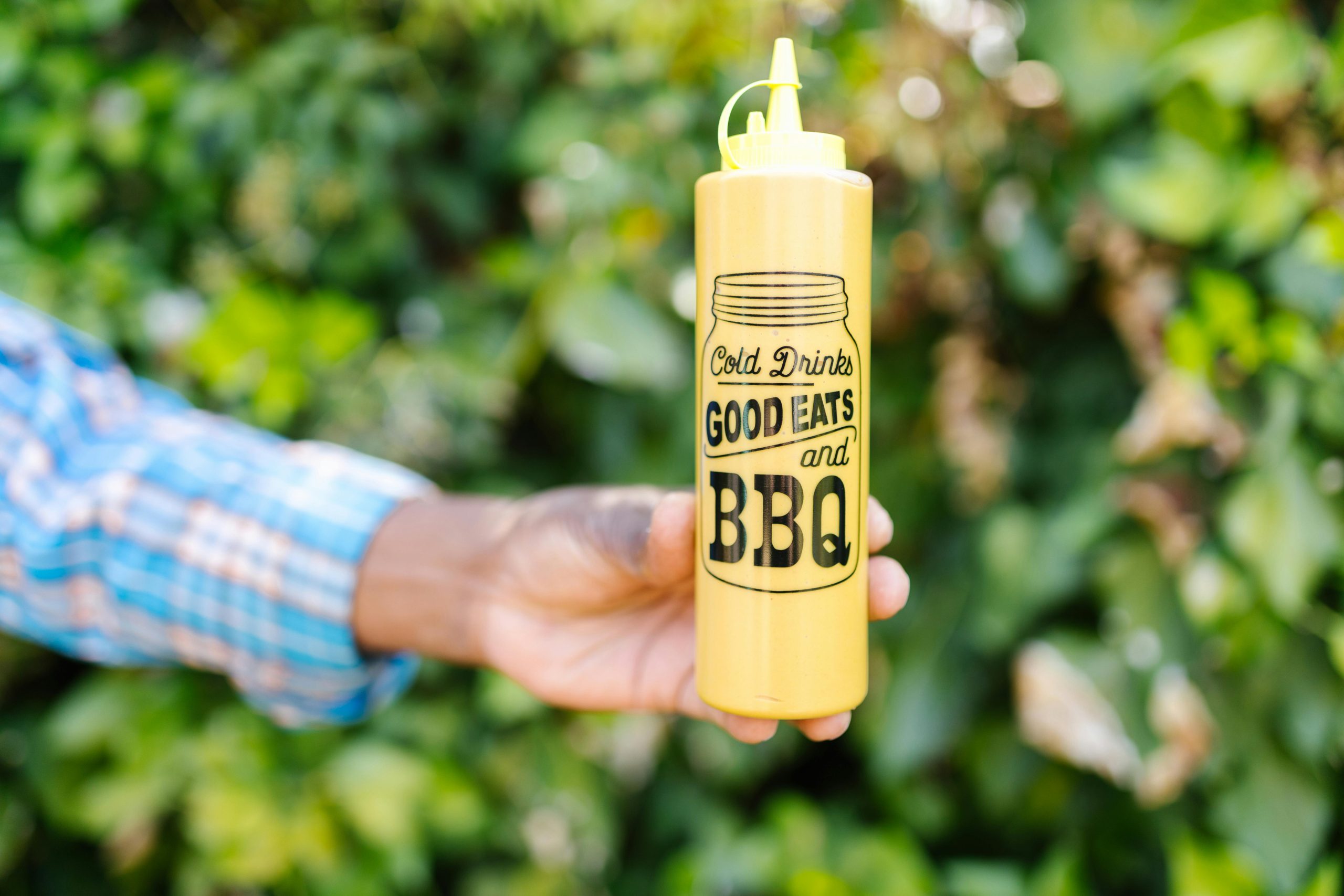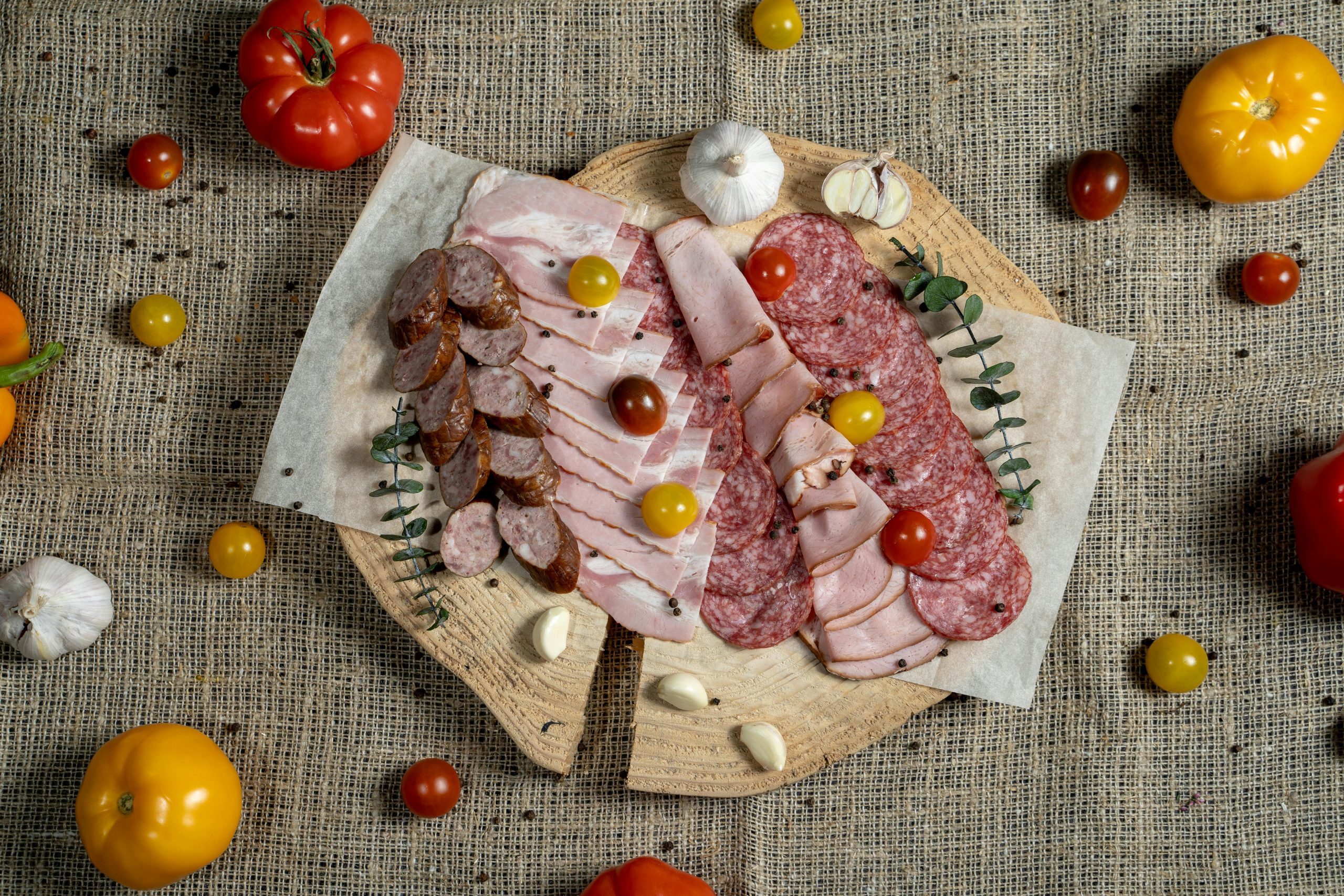Walk into a supermarket almost anywhere in the United States, and you’ll find familiar aisles stocked with recognizable brands and products. Yet, beneath this veneer of standardization lies a fascinating tapestry of regional differences reflecting local tastes, culinary histories, and the influence of dominant local companies. What’s considered a staple in one part of the country might be a specialty item or completely unavailable in another. These variations make exploring grocery stores in different regions an adventure for food lovers. Let’s take a coast-to-coast tour of ten grocery staples that showcase America’s surprising regional diversity.

Image Source: Pexels
1. Bread Varieties and Brands
While standard white sandwich bread is ubiquitous, regional preferences abound. The West Coast, particularly the San Francisco Bay Area, boasts a strong tradition of tangy sourdough bread available in nearly every store. In the Northeast, you might find specific brands of rye bread or hard rolls more prevalent. Southern stores often feature a wider array of biscuit and cornbread mixes. Even major national brands might have slightly different formulations or levels of market dominance depending on the region they originated in or historically served.
2. Barbecue Sauce Styles

Image Source: Pexels
The barbecue sauce aisle is a prime example of regional loyalties. Head south, and you’ll find variations like the vinegar-based sauces of Eastern North Carolina, the mustard-based sauces of South Carolina, or the sweeter, tomato-based sauces popular in Memphis. Texas boasts its distinct styles, often less sweet and more focused on spice and smokiness. Kansas City styles, thick and sweet, have broad appeal but share shelf space with hyper-local brands across the country, reflecting deeply rooted regional BBQ traditions.
3. Regional Soda Pop Favorites
While Coca-Cola and Pepsi dominate nationally, unique regional soda brands command fierce loyalty in their home territories. North Carolina has Cheerwine, a cherry-flavored soda; New England claims the distinctively sharp taste of Moxie; and the Midwest has brands like Faygo with its multitude of flavors. Vernor’s ginger ale holds a special place in Michigan. These regional sodas often have dedicated shelf space in local stores, offering a taste of place you won’t easily find elsewhere.
4. Chili Preferences (Beans or No Beans?)
Even a dish as seemingly standard as chili reflects regional divides on grocery shelves. In Texas, chili traditionally means “chili con carne” – meat and chili peppers, often without beans – and store shelves might reflect this with specific spice mixes or canned varieties labeled “Texas style.” Elsewhere, chili commonly includes beans, and the types of beans (kidney, pinto, black) featured in canned chili or chili starter kits might vary based on regional norms and tastes.
5. Butter and Dairy Brands
Walk into a West Coast grocery store, and you’re likely to see Tillamook butter and cheese prominently displayed, reflecting the Oregon-based cooperative’s regional dominance. In the Midwest, brands like Land O’Lakes might have a stronger presence. The Northeast has its local dairy favorites. While national brands exist, the freshness imperative for dairy often gives strong regional players an advantage, leading to different brand landscapes depending on where you shop. Even milk preferences (like the popularity of specific local dairies) can vary.
6. Coffee Roasts and Traditions
Coffee is a grocery staple, and its culture varies across the U.S. The Pacific Northwest, the birthplace of Starbucks and Peet’s, often shows a preference for darker roasts, reflected in local brands and store selections. In contrast, parts of the East Coast might have a stronger tradition of lighter roasts or specific brands like Dunkin’ holding sway. New Orleans boasts its unique coffee tradition featuring chicory blends, readily available on local grocery shelves there. Store brand coffee offerings might also cater to these regional palate preferences.
7. Sausage and Processed Meats

Image Source: Pexels
The sausage case tells regional tales. Louisiana stores feature andouille and boudin. German heritage in the Midwest means bratwurst and various smoked sausages are staples. Italian sausage varieties might be more prominent in areas with large Italian-American populations on the East Coast. Even breakfast sausage patties or links can vary in spice profile and brand availability depending on the region, reflecting local butcher traditions and tastes.
8. Local Produce Highlights
Beyond the standard apples and bananas, the produce section showcases regional agricultural strengths. Vidalia onions from Georgia, Hatch chiles from New Mexico, artichokes from California, or specific apple varieties from Washington or New York will be more abundant and often cheaper in their respective regions during season. Stores often highlight local produce, offering shoppers a taste of the area’s agricultural bounty and reflecting seasonal eating patterns unique to that climate.
9. Potato Chip Flavors and Brands
While Lay’s are a grocery staple everywhere, regional chip brands and flavors maintain strongholds. Pennsylvania has Utz and Herr’s, known for unique flavors like crab chip. The Pacific Northwest has Tim’s Cascade Style chips. Zapp’s offers Cajun-inspired flavors in Louisiana. Even national brands sometimes test market-specific flavors regionally or offer variations (like different levels of spiciness) tailored to local preferences, making the chip aisle a surprising reflection of regional taste buds.
10. Ice Cream Brands and Flavors
Ice cream is another grocery staple category with strong regional players alongside national giants. Blue Bell is iconic in Texas and the South, while Turkey Hill is a favorite in Pennsylvania and the surrounding states. Friendly’s holds sway in the Northeast, and Tillamook dominates the ice cream case on the West Coast. Local dairies often produce their own ice cream, and even flavor preferences (like Graeter’s black raspberry chip in Ohio or specific coffee flavors in New England) can show regional variation.
A Diverse Culinary Landscape
The American grocery store, while seemingly uniform, is actually a fascinating reflection of the country’s diverse regional cultures, histories, and tastes. From the type of bread on the shelves to the flavor of the local potato chips, subtle and not-so-subtle differences abound, making each region’s supermarket a unique experience. Paying attention to these variations when you shop at home or travel reveals the rich culinary tapestry that makes up the United States and celebrates the local flavors that give each place its distinct identity.
What’s your favorite regional grocery staple from your area or one you discovered while traveling? Are there other coast-to-coast differences you’ve noticed? Share them in the comments!
Read More
TikTok Made Me Buy It: 7 Viral Grocery Items Worth the Hype (And 3 That Aren’t)
These 7 Foods Are Always Cheaper at Dollar Stores Than Grocery Chains

